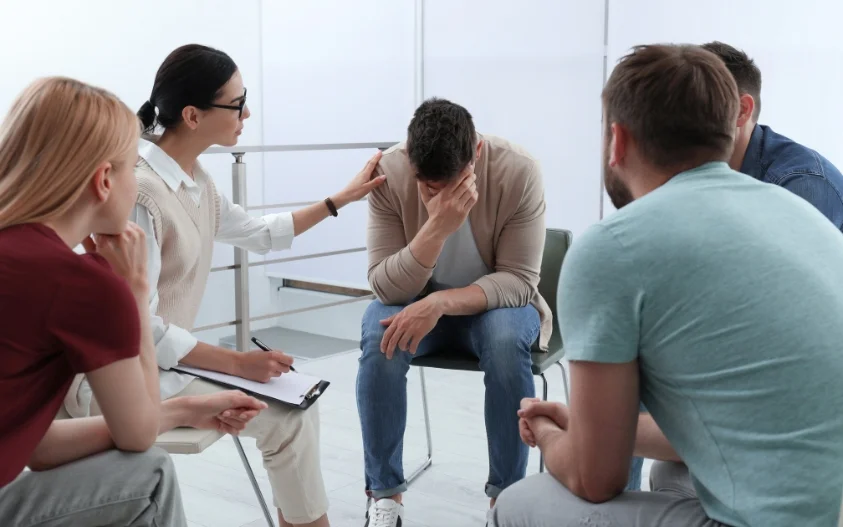24/7 Helpline:
(866) 899-221924/7 Helpline:
(866) 899-2219
Learn more about PTSD Treatment centers in Comanche County

Other Insurance Options

Optima

Multiplan

EmblemHealth

AllWell

Private insurance

Covered California

Evernorth

Molina Healthcare

Self-pay options

Excellus

Medical Mutual of Ohio

PHCS Network

WellCare Health Plans

Health Partners

BlueCross

Aetna

Ambetter

Highmark

Sutter

Horizon Healthcare Service

ProMedica Coldwater Regional Hospital – Behavioral Health
ProMedica Coldwater Regional Hospital – Behavioral Health is a private rehab located in Coldwater, M...

Pines Behavioral Health Services
Pines Behavioral Health Services is a private rehab located in Coldwater, Michigan. Pines Behavioral...

AA – Alcoholics Anonymous – Monroe Street Group
AA – Alcoholics Anonymous – Monroe Street Group is a non-profit rehab located in Coldwater, Michigan...

Branch County Government – Housing Rehabilitation Commission
Branch County Government – Housing Rehabilitation Commission is a private rehab located in Coldwater...

AA – Alcoholics Anonymous – East College Street
Alcoholics Anonymous (AA) - East College Street provides outpatient services for individuals with al...














